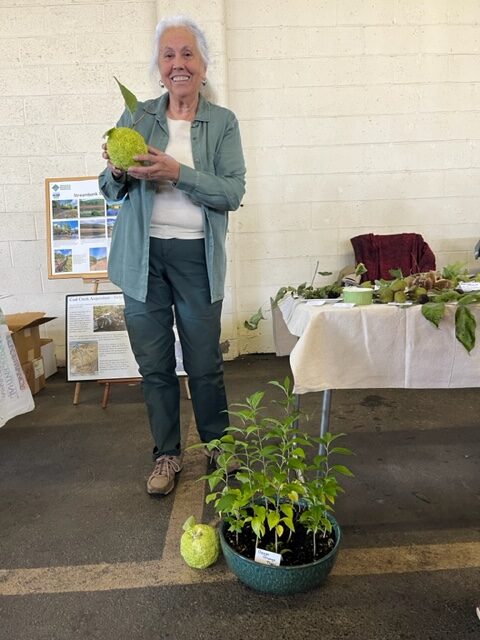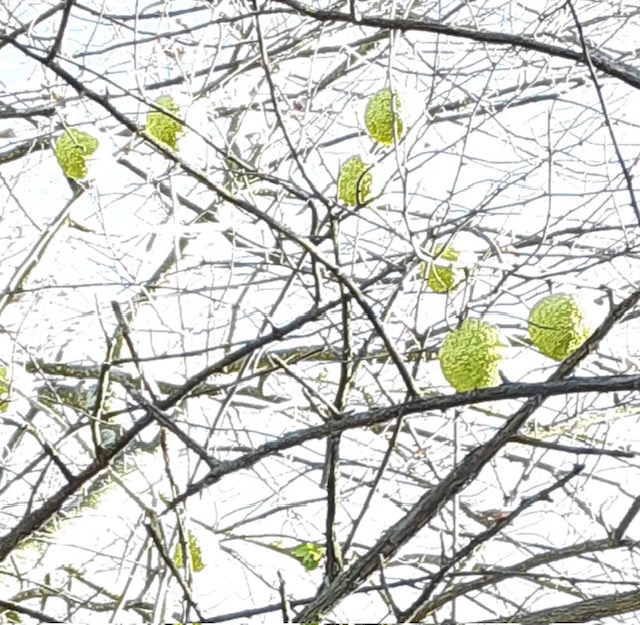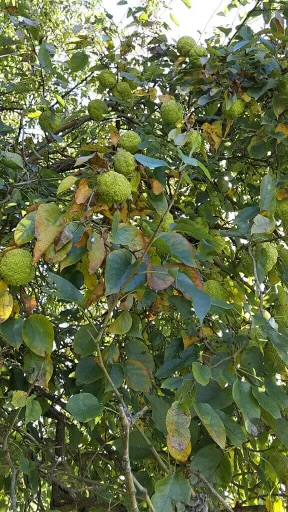By Susan Sprout
“Sweet, sweet, a little more sweet” is a mnemonic for identifying the rhythm of the Yellow Warblers’ calls when they cannot be seen among the foliage. It occurred to me that that could be my own personal call as well, along with many other folks, too! Pies, cakes, cookies, candy and much, much more are awaiting us at Thanksgiving and onward towards Christmas. This year, let us be thankful for all of the sweetness in our lives, starting with families, including pets, and extended families, and friends, perhaps with whom we may be sharing a Thanksgiving feast including dessert. We do love our sweets. Even after a full meal, we chow down on something “a little more sweet!” Biologists, who have studied the rise of humankind from our ancient ancestors, report that the taste of sweet we crave may have evolved as a way to detect sources of food with higher calories that could be converted for more energy, fueling rapid growth, and storing more fat to be used later. We may have evolved to seek out and consume plant parts that carry more sweet-tasting fruits, berries, roots.
As you plan and cook your meal, pay attention to the wide variety of ways we get our sweet fix. Many of our sources come in bags of crystals, white to brown, that are refined from grasses like sugarcane or roots like beets. We use a teaspoon here or there to kick up the taste of a recipe or cups of tea and coffee. Do not forget syrups made from the fruits of plants and trees like agave, coconut, monk fruit, and sugar maple. We wouldn’t have the sweetness of honey without the flower nectar collected by bees. It gets broken down into simple sugars that are evaporated in the hive making a thick syrup. It takes 556 worker bees to gather nectar from two million flowers to make one pound. Sugar substitutes should not be forgotten, either. When made with erythritol, this type of alcohol is synthesized from corn.

While you are thanking the plants, trees, bees, don’t forget the taste buds in your mouth and your brain. When our tongues touch sugar, the taste buds there send a signal to the brain, which reacts in a way that brings us pleasure. Our response to this sensation may have been fixed in place over millennia by natural selection and has become an instinct. The sweet taste tells you to keep eating. A bitter taste may tell you to spit it out. (Hmm, that could explain my aversion to some leafy, green veggies that are supposed to be good for me.) Have a Happy Plantsgiving!




